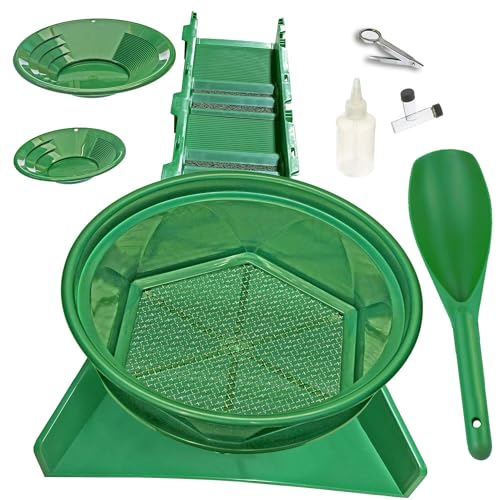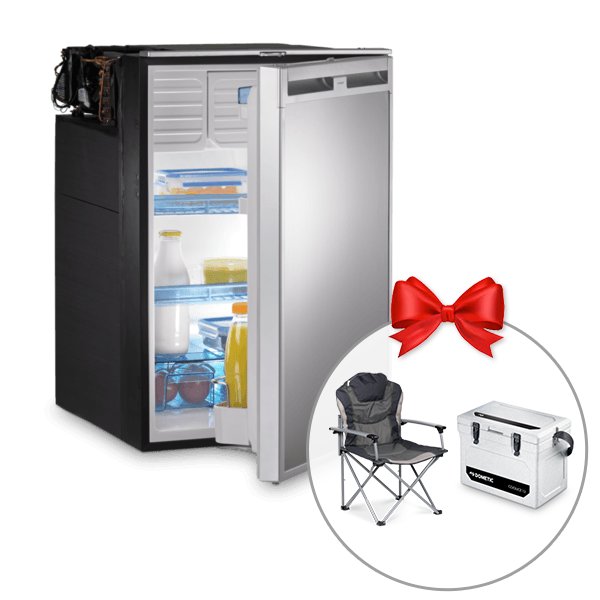- Joined
- May 26, 2016
- Messages
- 355
- Reaction score
- 282
Hi All,
Warning, my head still explodes with 12 volt stuff.
I'm thinking about using a 12v fridge on a solar setup. Specifically this fridge: https://www.bunnings.com.au/glacio-90l-portable-camping-bar-fridge-freezer-12v-24v-240v_p0336461
* The blurb says about 1.7kw for 24 hours of use, so about a 6amp draw. It has a 72 watt compressor.
* The solar panel I have is 175 watt, I can double this by putting two together if needed. For one panel, in good conditions, I am looking at about a 15amp feed.
* It would be attached to a 100ah battery
* The plan is to leave it on permanently on a bush block, rather than turn it on when I arrive. So I can have ice in the freezer and the fridge is cold when I arrive. I'd probably get there every couple of weeks or so.
My concerns are a run of bad weather, stuffing the battery etc. Or maybe it is just a silly idea with the equipment available.
What do you think, is it feasible?
Thanks
Warning, my head still explodes with 12 volt stuff.
I'm thinking about using a 12v fridge on a solar setup. Specifically this fridge: https://www.bunnings.com.au/glacio-90l-portable-camping-bar-fridge-freezer-12v-24v-240v_p0336461
* The blurb says about 1.7kw for 24 hours of use, so about a 6amp draw. It has a 72 watt compressor.
* The solar panel I have is 175 watt, I can double this by putting two together if needed. For one panel, in good conditions, I am looking at about a 15amp feed.
* It would be attached to a 100ah battery
* The plan is to leave it on permanently on a bush block, rather than turn it on when I arrive. So I can have ice in the freezer and the fridge is cold when I arrive. I'd probably get there every couple of weeks or so.
My concerns are a run of bad weather, stuffing the battery etc. Or maybe it is just a silly idea with the equipment available.
What do you think, is it feasible?
Thanks
















































